![]() STYLOCOENIELLA CARE
STYLOCOENIELLA CARE
Stylocoeniella are an encrusting stony coral that has features similar to small polyp stony corals such as Montipora but also bear some similarities to the small polyp varieties of Goniopora depending on how extended the polyps are. It does have a common name, that being “thorn coral” because they often host these wormlike critters whose tubes extend out from the colony making it look like a thorny ball. Please see below for more care tips.
![]() LOCATION
LOCATION
These corals are found throughout Indonesia and Australia however it isn’t frequently imported. When they initially hit the market, Stylocoeniella were quite rare, but luckily they are a very easy coral to propagate and thus became more commercially available than one would expect given their spotty rate of import. Right now there are only a handful of color morphs, but who knows? As more color variants are discovered it may become as diverse any other coral.
![]() LIGHTING
LIGHTING
We primarily keep Stylocoeniella in low to medium light intensity here at Tidal Gardens. That translates to around 50 to 100 PAR. It may be possible to achieve brighter coloration under the higher intensities, however that is largely untested in the coral farm. They seem to grow faster in lower light so eventually all of ours made their way into dimmer aquariums.
If you have a colony of Stylocoeniella and want to experiment with higher light, remember that lighting that is too bright risks burning the coral and it will happen quickly so if you start to see the coral starting to turn lighter and bleach out, move it to a dimmer location sooner rather than later.
Low Light

Low light translates to about 30-50 PAR
Medium Light

Medium Light is between 50-150 PAR
High Light

High Light is anything over 150 PAR
Lighting is a loaded topic, so for a more in-depth discussion of lighting.
![]() WATER FLOW
WATER FLOW
Stylocoeniella appreciate low to medium flow. There are two things that I am looking to accomplish with flow for this coral. The first is to give it enough flow to keep it clean. Stylocoeniella is an encrusting coral that can quickly spread onto the rocks or bottom glass. As a result, it can attract its fair share of detritus. Detritus build-up can cause the coral to die back where it collects. Providing elevated flow around the coral can prevent this accumulation. Even moderate flow can serve to keep the coral clean, but pay attention to any detritus accumulation and consider altering the flow in your tank to compensate.
Detritus issues aside, one benefit to lower flow is that it gives the coral a chance to extend its polyps. In higher flow I notice that the polyps remain tight against the body and the whole colony resembles a Montipora or a Porites.
Providing periodic low flow is also beneficial for this coral for the purposes of feeding. Spot feeding Stylocoeniella is not something that a lot of hobbyists do, but I am all for it if people want to be proactive. They are not a particularly aggressive feeder especially given its small polyp size, and if the colony only receives strong flow it won’t get a good opportunity to capture food.
![]() FEEDING
FEEDING
If you want to feed Stylocoeniella, what should you feed? Despite not being the most aggressive feeders in the world, there are a couple types of food that work well for target feeing. These three are amino acids, small zooplankton, and simply having fish present as a nitrogen source. In other words, treat it as you would any other small polyp stony coral. Most hobbyists do not go out of their way to spot feed, say, a Montipora so directly feeding a coral like Stylocoeniella may be a little overboard. Ours have grown exceptionally fast without a lot of attention.

![]() PROPAGATION
PROPAGATION
This genus for the most part has been propagated extensively in captivity and is an excellent candidate for aquaculture. It is reasonable to believe that a sustainable harvest can be achieved in time.
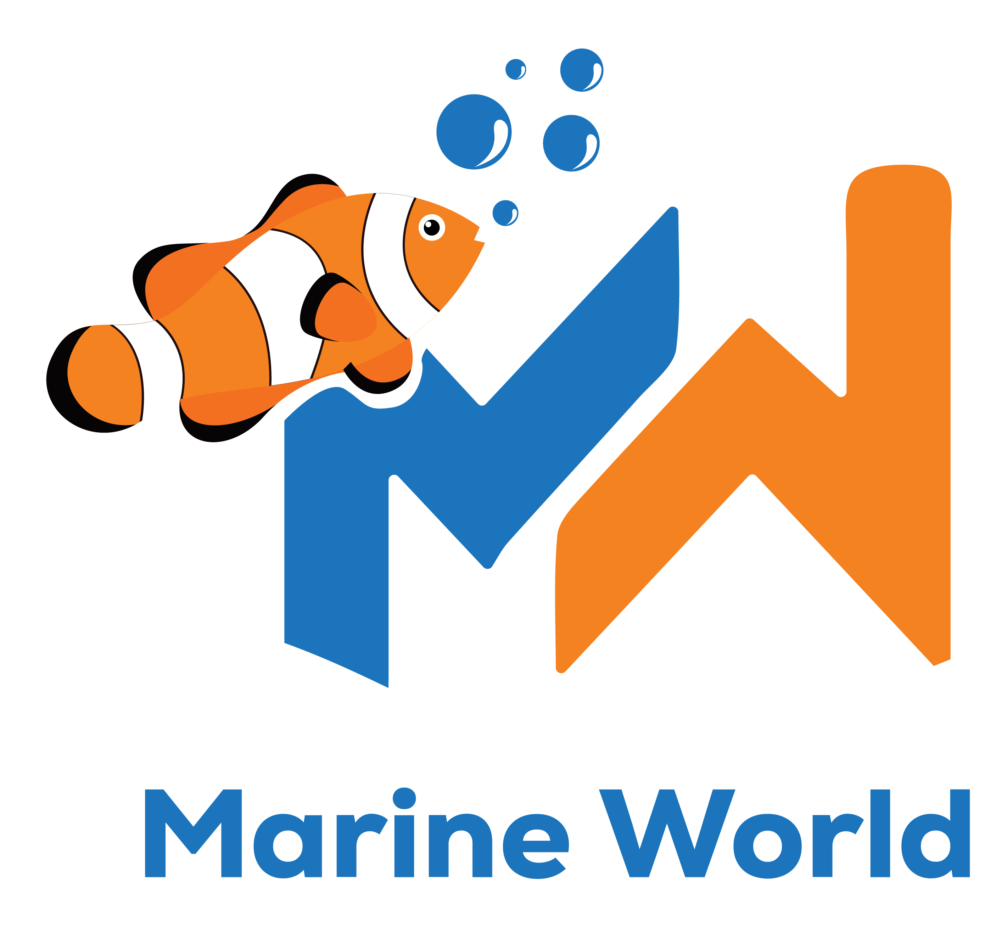
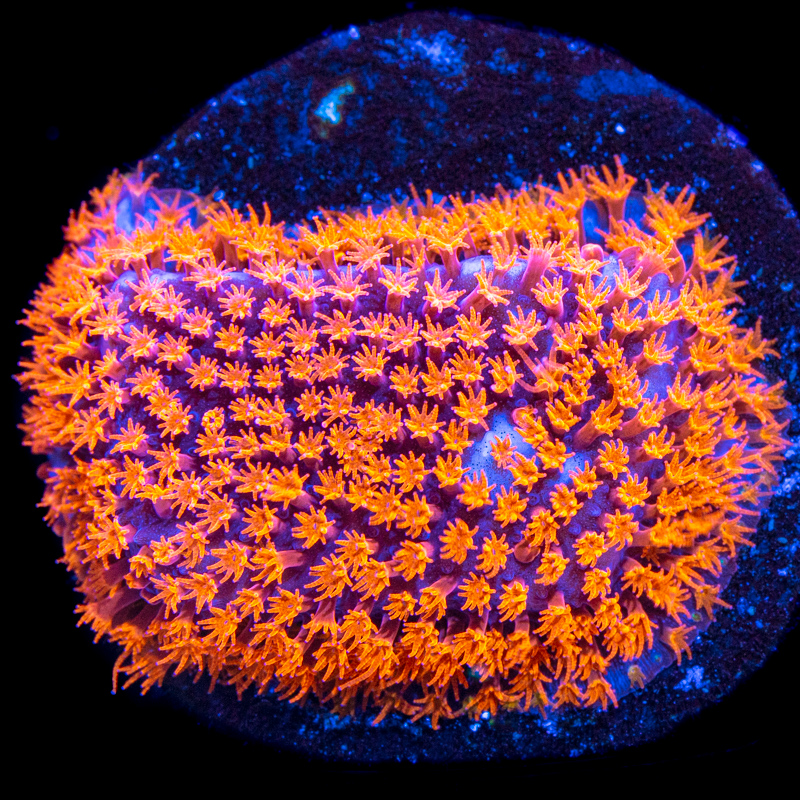
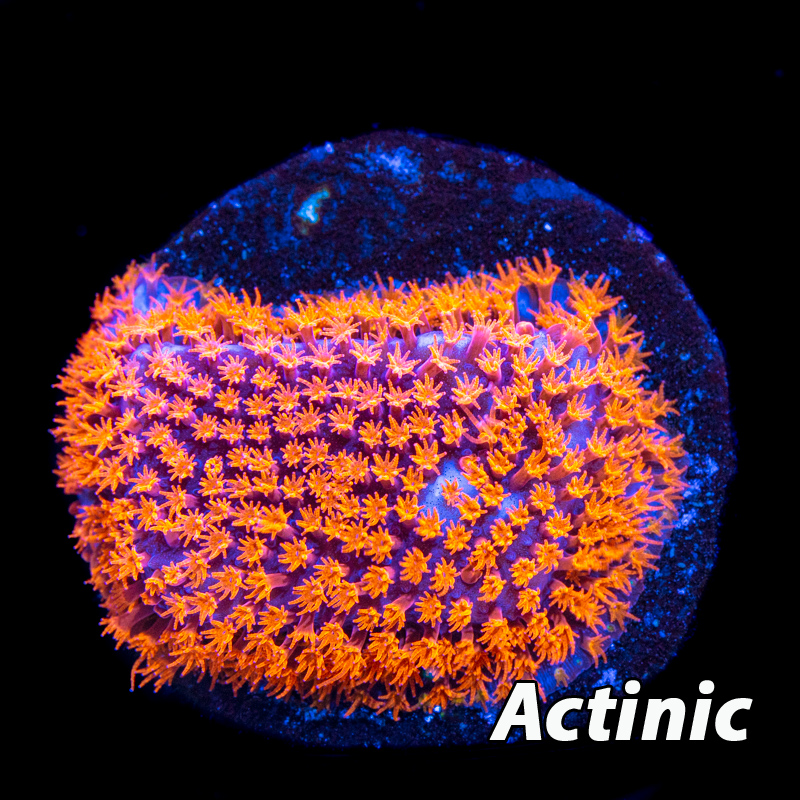
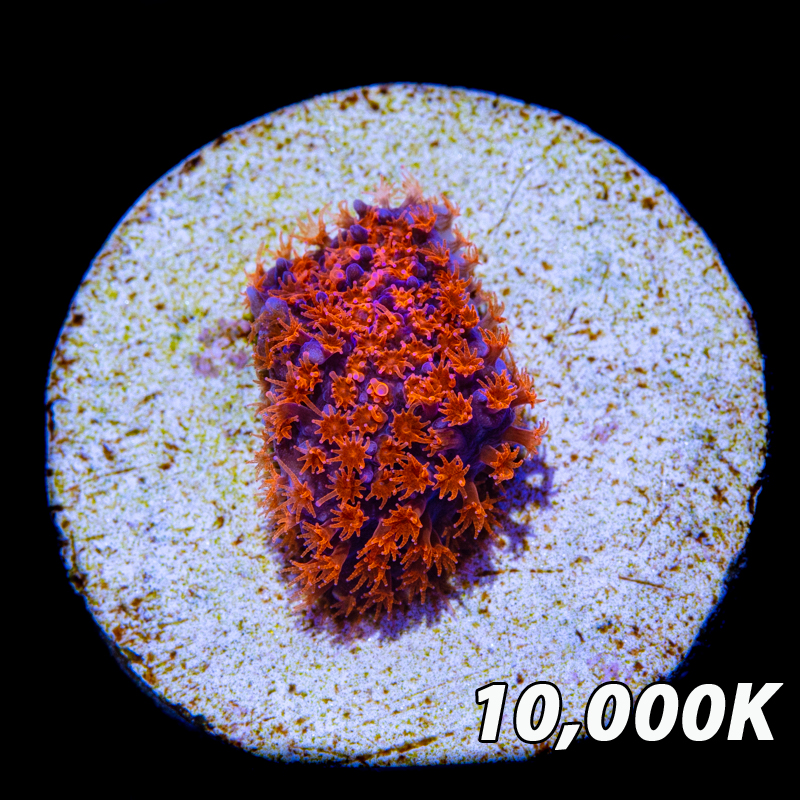
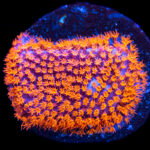

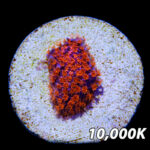


















Reviews
There are no reviews yet.